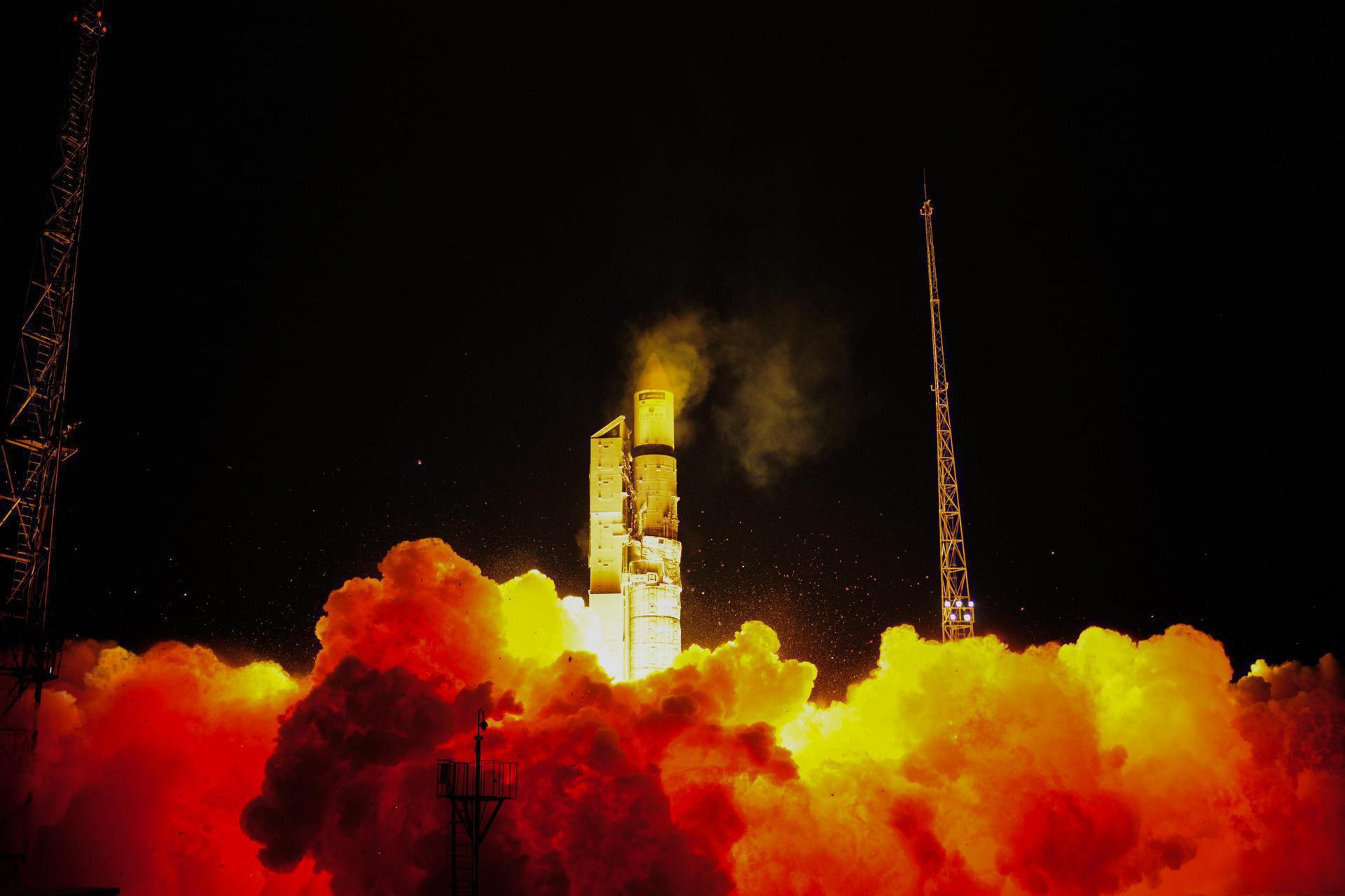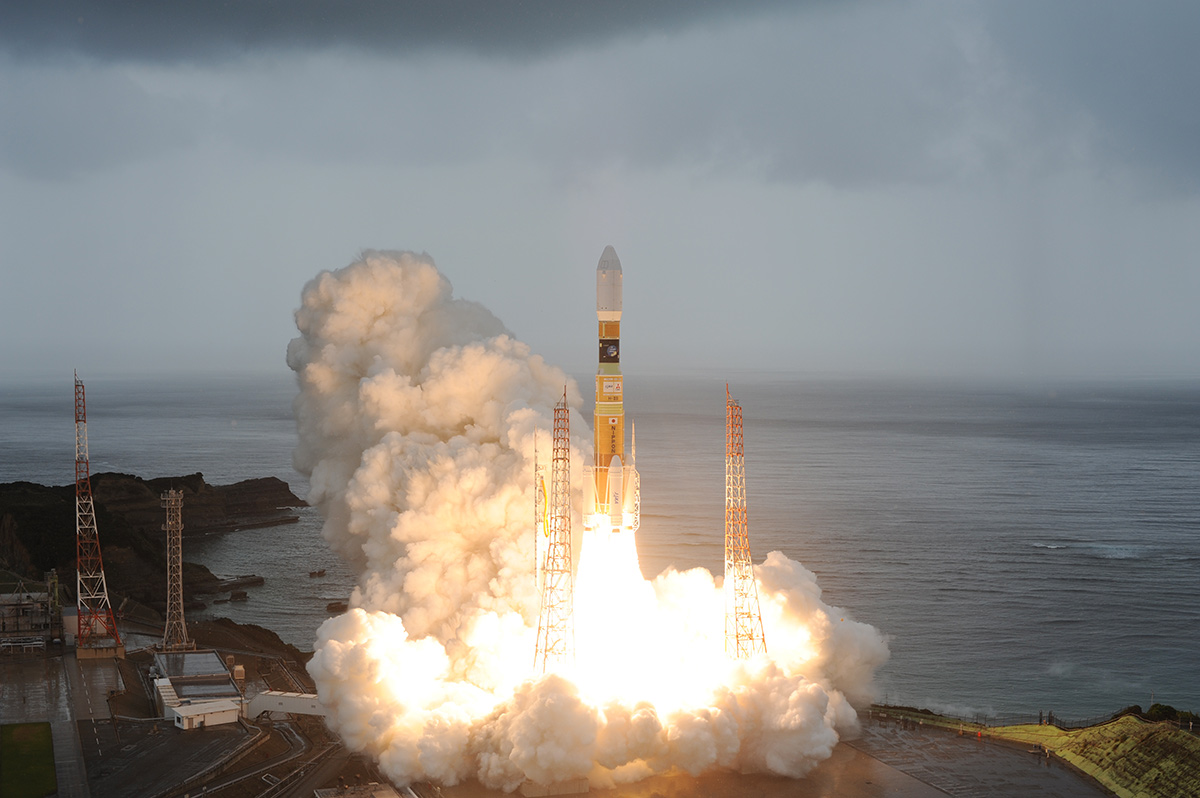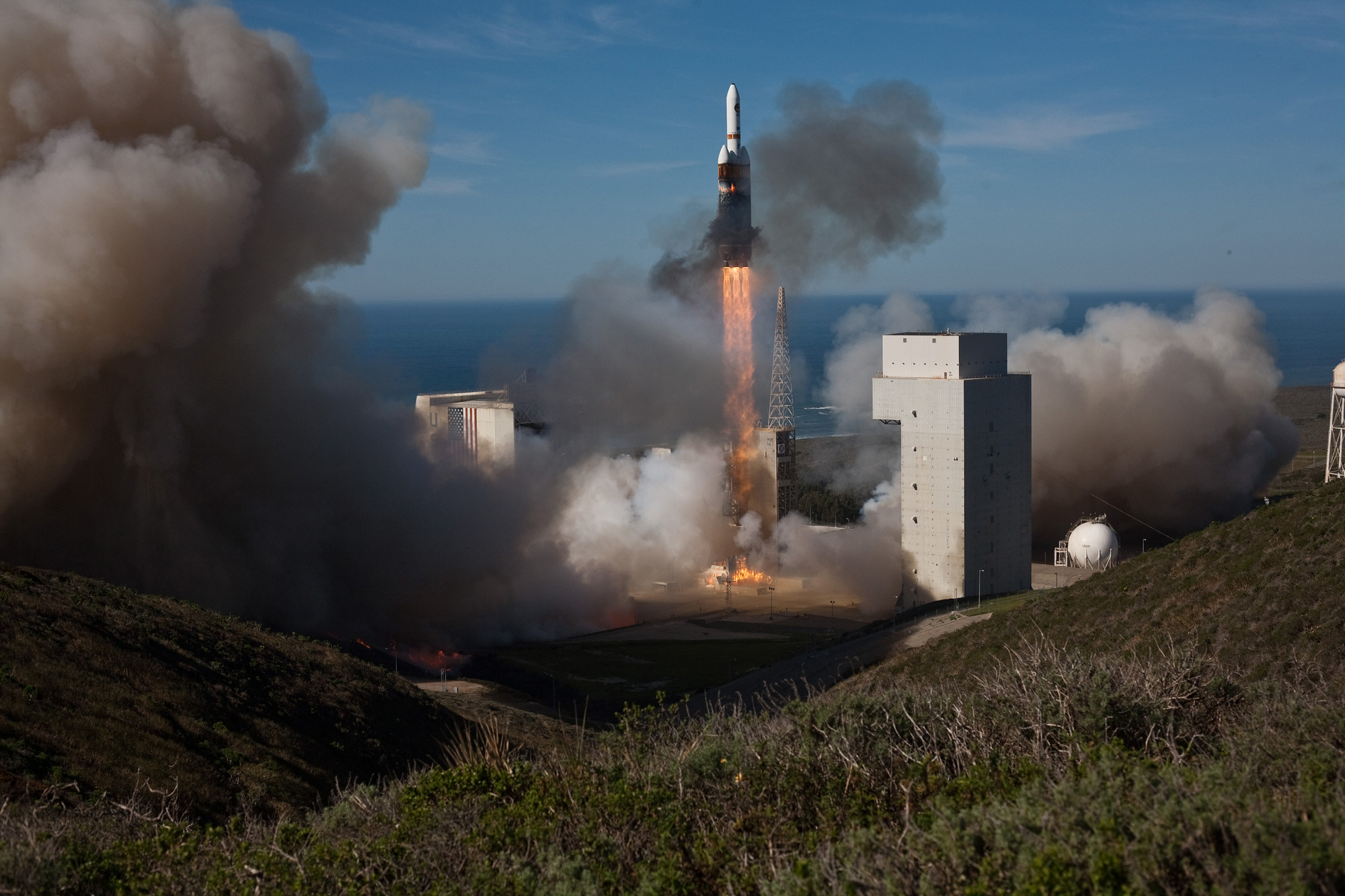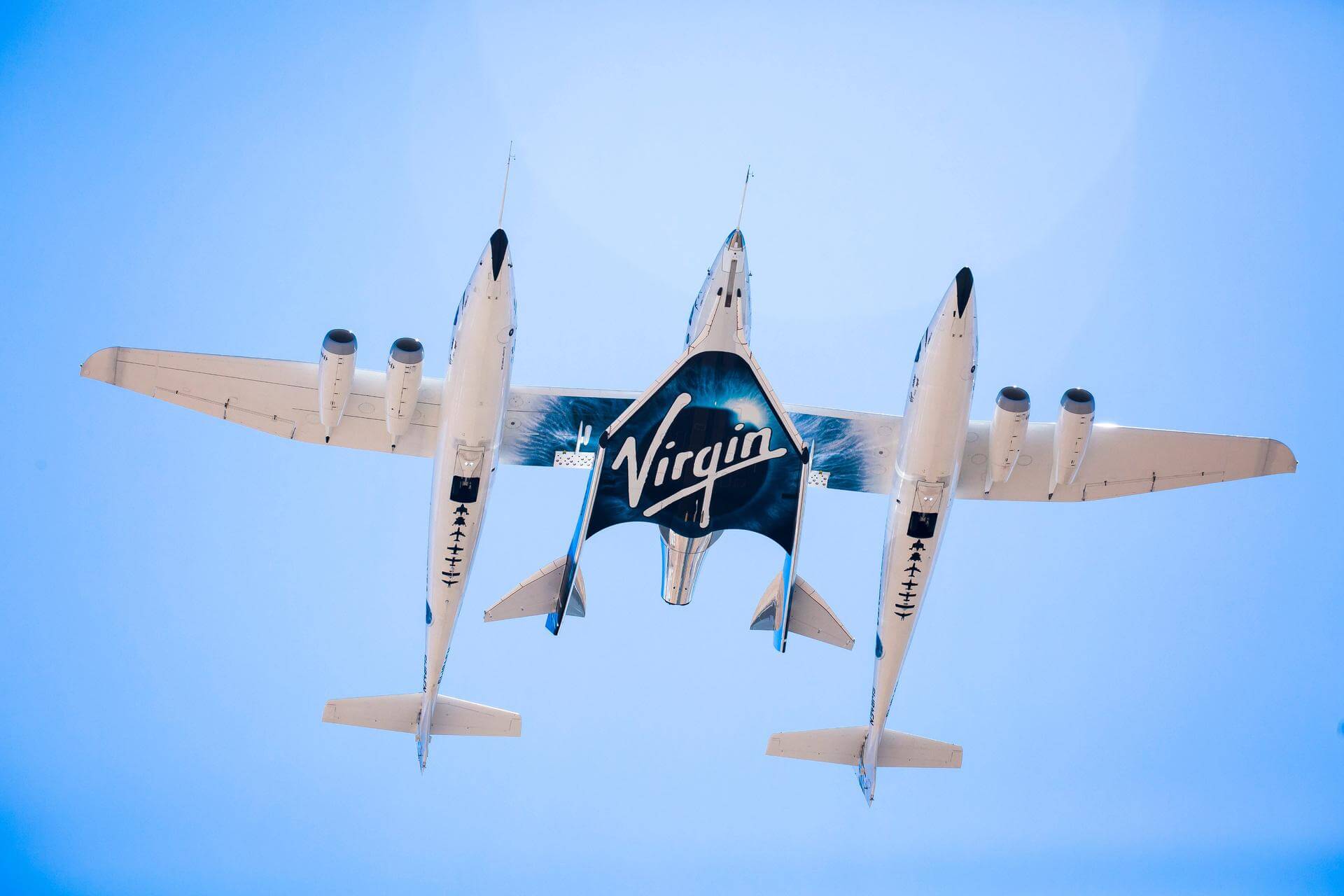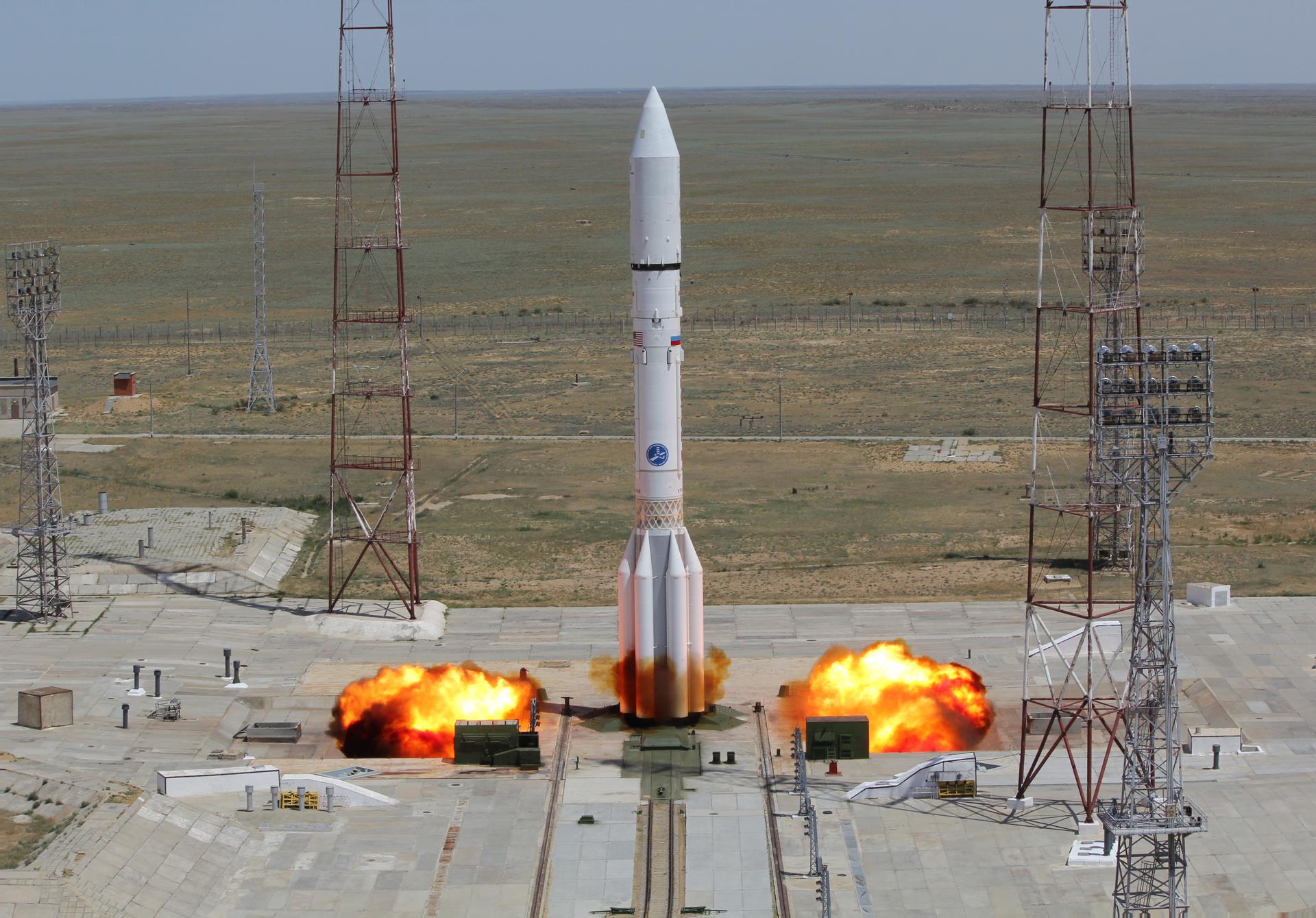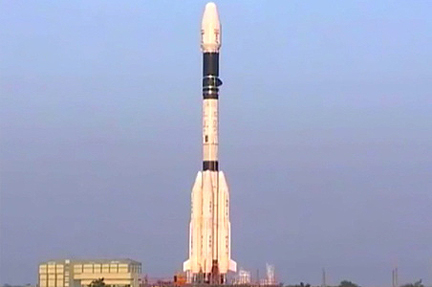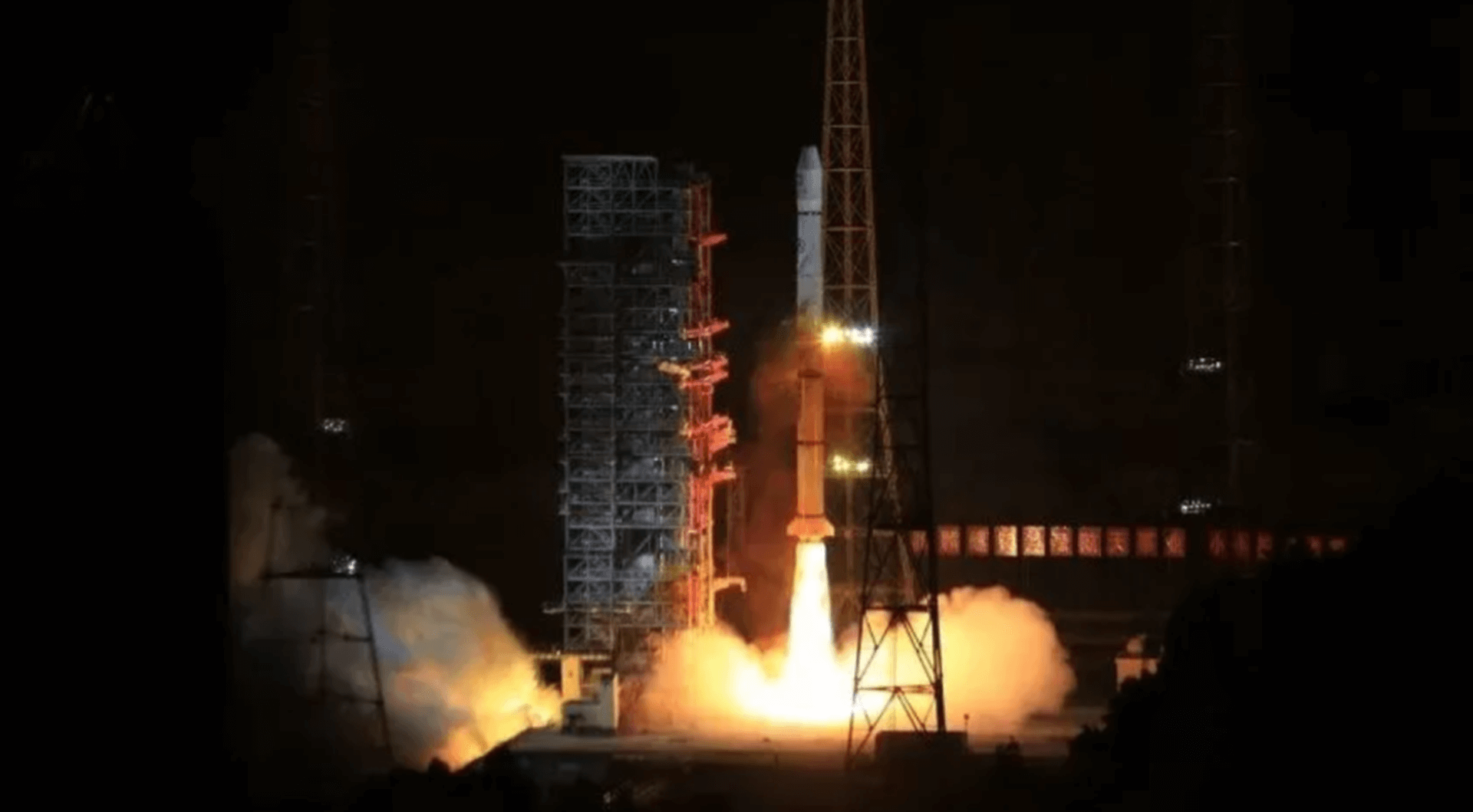Previous Spaceflight Launches
Filter by Agency, Locations or Vehicles
Show All LaunchesRokot/Briz-KM | Geo-IK-2 No.11L (Kosmos 2470)
Russian Aerospace Defence Forces | RussiaPlesetsk Cosmodrome, Russian Federation
Feb. 1, 2011, 2 p.m.
Status: Launch Failure
Mission:
Geo-IK-2 is a Russian geodesy mission to deliver precise three-dimensional maps of the Earth’s surface and gravitational data for use in scientific studies and military applications. This satellite was supposed to be the first one of the two-spacecraft system, however it was not delivered to an operational orbit due to upper stage underperformance.
Sun-Synchronous OrbitSoyuz-U | Progress M-09M (41P)
Russian Federal Space Agency (ROSCOSMOS) | RussiaBaikonur Cosmodrome, Republic of Kazakhstan
Jan. 28, 2011, 1:31 a.m.
H-IIB 304 | Kounotori 2 (HTV-2)
Mitsubishi Heavy Industries | JapanTanegashima Space Center, Japan
Jan. 22, 2011, 5:37 a.m.
Delta IV Heavy | NROL-49 (KH-11) (USA-224)
United Launch Alliance | United States of AmericaVandenberg SFB, CA, USA
Jan. 20, 2011, 9:10 p.m.
Zenit-3F | Elektro-L No.1
Russian Federal Space Agency (ROSCOSMOS) | RussiaBaikonur Cosmodrome, Republic of Kazakhstan
Jan. 20, 2011, 12:29 p.m.
Status: Launch Successful
Mission:
Elektro-L is a series of meteorological satellites developed for the Russian Federal Space Agency by NPO Lavochkin. Electro-L №1 was the first of the series and became the first Russian weather satellite that successfully operates in geostationary orbit. It is designed to capture real-time images of clouds and the Earth’s underlying surface, heliogeophysical measurements, collection and translating hydrometeorological and service data.
Geostationary Transfer OrbitSpaceShipTwo | VSS Enterprise GF04
Virgin Galactic | United States of AmericaAir launch to Suborbital flight
Jan. 13, 2011, noon
Ariane 5 ECA | Hispasat-1E & Koreasat 6
ArianeGroup | FranceGuiana Space Centre, French Guiana
Dec. 29, 2010, 9:27 p.m.
Status: Launch Successful
Mission:
Koreasat 6 is a South Korean communications satellite operated by Koreasat. Hispasat 1E provides Fixed Satellite Services (FSS) and a Broadcast Satellite Services (BSS) to Europe, the Americas and North Africa. Located at 30 degrees West.
Geostationary Transfer OrbitProton-M / Briz-M Enhanced | KA-SAT
Khrunichev State Research and Production Space Center | RussiaBaikonur Cosmodrome, Republic of Kazakhstan
Dec. 26, 2010, 9:51 p.m.
GSLV | GSAT-5P
Indian Space Research Organization | IndiaSatish Dhawan Space Centre, India
Dec. 25, 2010, 10:34 a.m.
Long March 3A | Compass-IGSO-2 (Compass-I2)
China Aerospace Science and Technology Corporation | ChinaXichang Satellite Launch Center, People's Republic of China
Dec. 17, 2010, 8:20 p.m.
